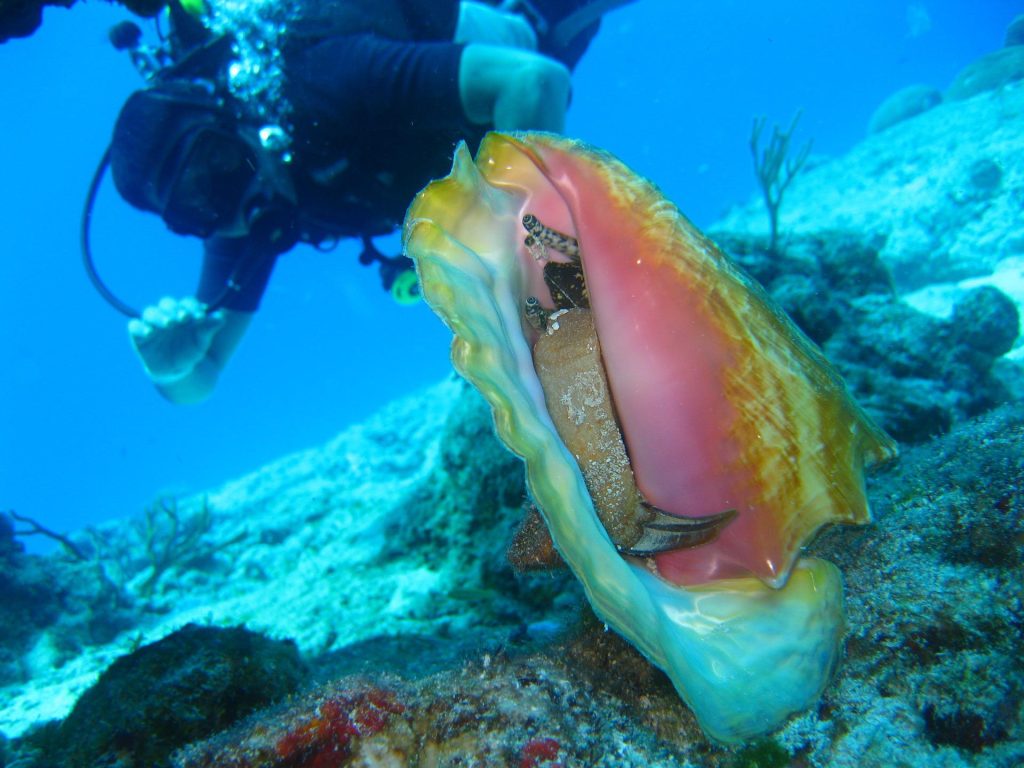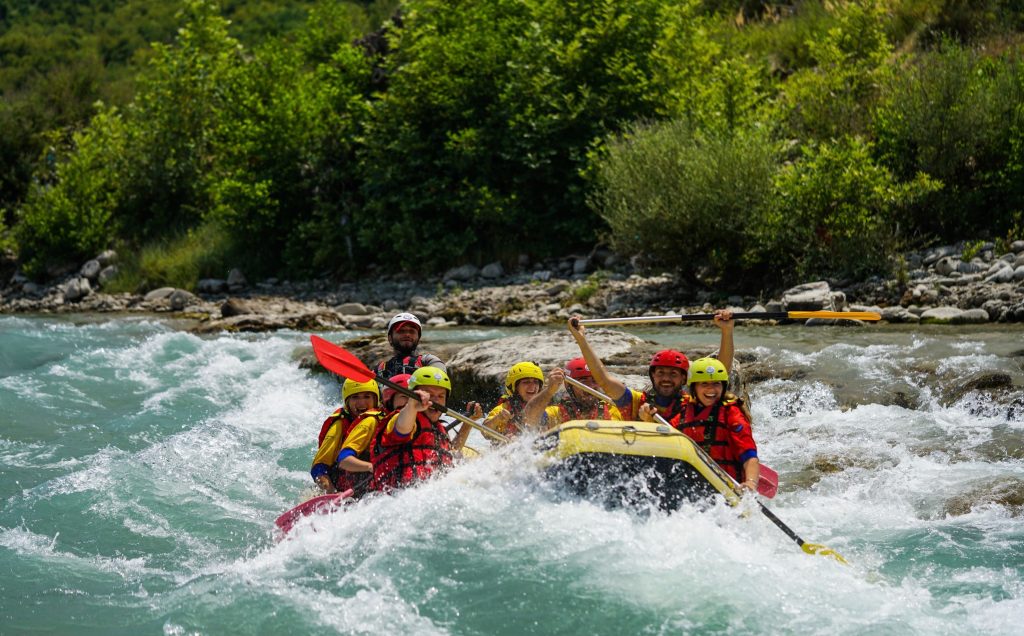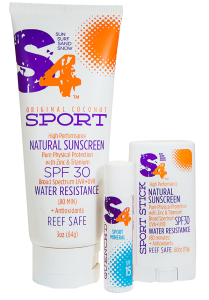What Is Reef-Safe Sunscreen?
There is no getting around it, sunscreen is important. Especially if you are spending time working or playing in the direct sun. Even though many of us are sun lovers and even (gasp) love a nice suntan, there is no denying that the sun’s radiation on unprotected skin can cause serious harm both medically and aesthetically as UV can cause cellular mutations and accelerates the aging of our skin.
1 in 5 Americans will develop skin cancer by age 70, and most melanomas are caused by exposure to ultraviolet light. Sunscreen is important and should be a mandatory accessory in your time spent outdoors.
You might have seen some news about sunscreen ingredients being banned in some places. The United States, Hawaii and the U.S. Virgin Islands have banned certain sunscreen ingredients, and Key West, Florida passed a ban that will go into effect in 2021. What is this all about?
It is not that sunscreen has been banned, just certain ingredients in sunscreen. These are ingredients that are used in many commonly retailed sunscreens that are known to cause damage to the oceans.
For example, January 1, 2021, Hawaii banned the use or sale of sunscreens containing oxybenzone and octinoxate, these are man-made chemical ingredients. October 1, 2022, Maui County, (the island of Maui, Hawaii) has taken it, yet a step further and only allows Zinc and Titanium Oxide Sunscreens to be used on their island. These are Mineral sunscreens. They are natural active ingredients that are the safest for coral and marine life. Minerals also happen to provide the most dependable UV protection for people too. S4 Suncare only manufactures mineral sunscreens, it’s our thing. In fact, we were doing it before it was cool and before the other ingredients had been banned.



Why does sunscreen affect reefs?
Researchers think that approximately 14,000 tons of sunscreen are washed into the ocean each year. Sunscreen that goes into the ocean doesn’t spread out across the entire planet. Instead, it accumulates where people are diving and swimming the most—areas like coral reefs, kelp forests, and marine reserves that host a huge amount of marine life.
Is sunscreen in the ocean a problem?
Yes! Many sunscreens have active ingredients that are incredibly damaging to marine life. Oxybenzone and octinoxate, in particular are known to damage and kill sea animals. A lot of the focus is on coral reefs, where sunscreen has been causing coral bleaching. This is why sunscreens without harmful chemicals are called “reef-safe”, but it’s not just coral reefs that are being affected. Algae, urchins, fish, shellfish, and even marine mammals are affected by sunscreen. It’s a delicate ecosystem. Reef-safe sunscreen helps protect all ocean life
Should we stop wearing sunscreen at the beach?
No! Sunscreen is important. The ocean is one of the places you need sunscreen the most because there is no shade and people have more skin exposed to the sun. Even if you wear 100% UV resistant clothing with long sleeves, you’ll still need sunscreen on your face, hands, and feet.
Are the banned sunscreens okay to use when you’re not at the beach?
The chemicals in sunscreen are not removed by wastewater treatment plants, so when it is washed off in a shower or sink, it eventually makes its way back to the ocean. So, you don’t even need to be near an ocean for your sunscreen to harm marine life. Mineral sunscreen provides more dependable protection for humans too plus it has never been found to cause human health concerns unlike some of the chemical ingredients used in other products.
What makes a sunscreen “reef-safe”?
There is no standard definition of what makes a sunscreen reef-safe. This means that anyone who makes sunscreen can put “Reef-Safe” on the bottle, no matter what’s inside. Some people think of reef-safe sunscreen as one that doesn’t contain oxybenzone or octinoxate. The scientists at the National Oceanic and Atmospheric Administration (NOAA) think the list of harmful chemicals should be much longer. The FDA has stated that currently, the only two sunscreen ingredients deemed G.R.A.S.E. (generally recognized as safe and effective) are Zinc Oxide and Titanium Dioxide (Minerals). Just check the label on the back of your sunscreen, the first ingredients under “active ingredients” is where you find which active ingredients are in your sunscreen.
What is the difference between mineral and chemical sunscreens?
The most common sunscreens are chemical sunscreens, which work by absorbing UV light. A chemical reaction converts the light into heat, which is then carried away from the skin. Chemical sunscreens must be absorbed into the skin to protect against UV light.
Mineral sunscreen, also called physical sunscreen, is rising in popularity. It sits on top of the skin and blocks UV light. Instead of working with a chemical reaction, mineral sunscreens work by reflecting the sun’s rays before they hit your skin. More and more consumers are taking the time to educate themselves on what they are putting on their skin. It’s an exciting time for both manufacturers and consumers. We love that more consumers are demanding safe, effective mineral products.
Why do people choose chemical sunscreens?
Traditionally, zinc was used on the noses of lifeguards, not all over the body and there were always more choices in chemical sunscreens. The older mineral products were heavy and pasty, sometimes even smelly. This is no longer the case. With more consumers demanding mineral sunscreens, more manufacturers will innovate better products.
Why did we choose mineral sunscreen?
We wanted to make the best. Minerals are the best. Both for People and the Planet. Mineral sunscreens start working immediately, unlike chemical sunscreens, which need about 30 minutes to be absorbed into the skin. Because they don’t need to be absorbed, they are often better for people with sensitive skin. Physical sunscreens last longer in UV light, so if you’re not getting in the water or doing something that makes you sweat a lot, they will last longer. If you are going in the water, make sure to use a mineral product with great water resistance. Our Sport products were made to stay on through heavy water play.
Are chemical sunscreens dangerous?
Chemical sunscreens might be, but we aren’t quite sure exactly what the effects of those chemicals are. The United States Food and Drug Administration has proposed that only physical sunscreens made from zinc oxide or titanium dioxide, should be labeled as Generally Recognized As Safe and Effective.
Because chemical sunscreens are absorbed into the body, the FDA wants more studies to find out how that absorption is affecting us. It’s an important question, because high concentrations of these chemicals have been shown to disrupt hormone production in lab rats.
Are zinc and titanium bad for the ocean?
Only when the particles are nano-sized. Nanoparticles are smaller than 100 nanometers (one ten-millionth of a meter). These particles are small enough to pass through skin, and so they can be absorbed into the bodies of animals, including humans.
Nano-zinc is thought to be bad for coral, but when you’re not using nanoparticles, zinc is the best mineral sunscreen. Titanium dioxide has great protection against UVB, but UVA will still reach your skin. Zinc oxide protects against the entire ultraviolet spectrum. S4 Suncare uses non-nano minerals in our suncare products.
Where can we buy a sunscreen that is effective and truly reef-safe?
While they are not found everywhere yet, more stores are beginning to carry mineral sunscreens. It is slowly changing. You can always find it on our website though. We are committed to providing high performance mineral suncare products.
S4 Sunscreens use Reef-safe Minerals
S4 Suncare products are made exclusively with non-nano mineral actives and are water-resistant. We always choose minerals for our main ingredient because we know they are the only reef-safe actives that provide photostable sun protection and have been recognized by the FDA as being safe and effective.
 We know that sunscreens wear off faster in the water, so we made sure that our sunscreen is water resistant up to the max U.S. label allowance of 80 minutes and our SPF 30 S4 Sport Stick well exceeds the US water resistant ratings of 80 minutes.
We know that sunscreens wear off faster in the water, so we made sure that our sunscreen is water resistant up to the max U.S. label allowance of 80 minutes and our SPF 30 S4 Sport Stick well exceeds the US water resistant ratings of 80 minutes.
You might be wondering if we have a kid’s sunscreen available. We don’t make one specifically for kids because mineral sunscreen is the safest type of sunscreen for children and babies. Zinc Oxide is the same mineral that is found in most diaper rash creams, so adults and young children can both use our sunscreen.
We want you to feel good about what you’re putting on your skin, so we only use ingredients that have shown to promote healthy skin that are safe both for people and our planet. In fact, all of our products, not just the sunscreens, go above and beyond to offer another layer of protection with ingredients such as antioxidants, vitamins and plant extracts.
Sunscreen is important, and we hope you choose a type that protects our oceans and our planet while keeping you safe from harmful chemicals and the sun’s UV. We’ll do our part to make sure that you can.
P.S. We want you to always be caring for your skin, so check out our entire line of sun and after sun/daily wear products. Afterall, Suncare is Skincare.
